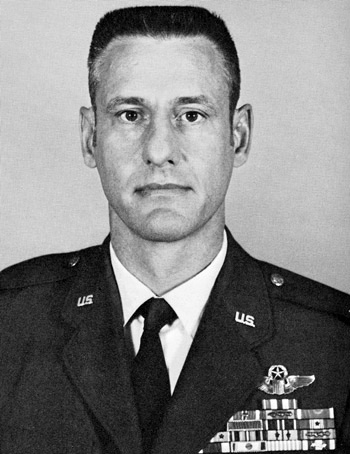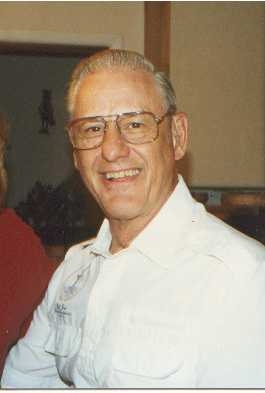Add Content

Richard Dutton was commissioned a Second Lieutenant through the Air Force ROTC program at the Georgia Institute of Technology and went on active duty beginning June 27, 1951. Lieutenant Dutton was awarded his pilot wings at Williams AFB, Arizona. He went to South Korea as an F-86 Sabre pilot where he flew 59 combat missions with the 336th Fighter Interceptor Squadron of the 4th Fighter Intercepter Wing. Dutton served as a gunnery instructor for the next 3 years, and then transitioned to the F-100 Super Sabre. He completed Air-Ground Operations School and Weapons Controller School, and then served as a Weapons Controller at a radar site near Bennington, Nebraska. He transitioned into the F-105 Thunderchief while he was at Bitburg AB, West Germany. Major Dutton served as an F-105 Academic Instructor with the 4524th Combat Crew Training Squadron at Nellis AFB, Nevada, from April 1964 to April 1966, and then flew 25 combat missions in Southeast Asia with the 469th Tactical Fighter Squadron at Korat Royal Thai AFB, Thailand. He then returned to Nellis as an instructor with the 4520th Combat Crew Training Wing, where he served from August 1966 to June 1967. He then attended Wild Weasel Training for his second tour of duty in Southeast Asia. Major Dutton flew with the 333rd Tactical Fighter Squadron at Takhli Royal Thai AFB, Thailand, until he was forced to eject over North Vietnam and was taken as a Prisoner of War on November 5, 1967.

Colonel Dutton was released during “Operation Homecoming” on March 14, 1973. He then attended National War College from August 1973 to July 1974. His final assignment was as Deputy Commander for Maintenance and then as Commandant of the U.S. Special Operations School at Hurlburt Field, Florida, where he retired from the Air Force on September 30, 1981. Richard Dutton died on December 12, 1999, and his cremated ashes were scattered in the Atlantic Ocean.
- Silver Star
- Bronze Star
- Distinguished Flying Cross
- Prisoner of War Medal